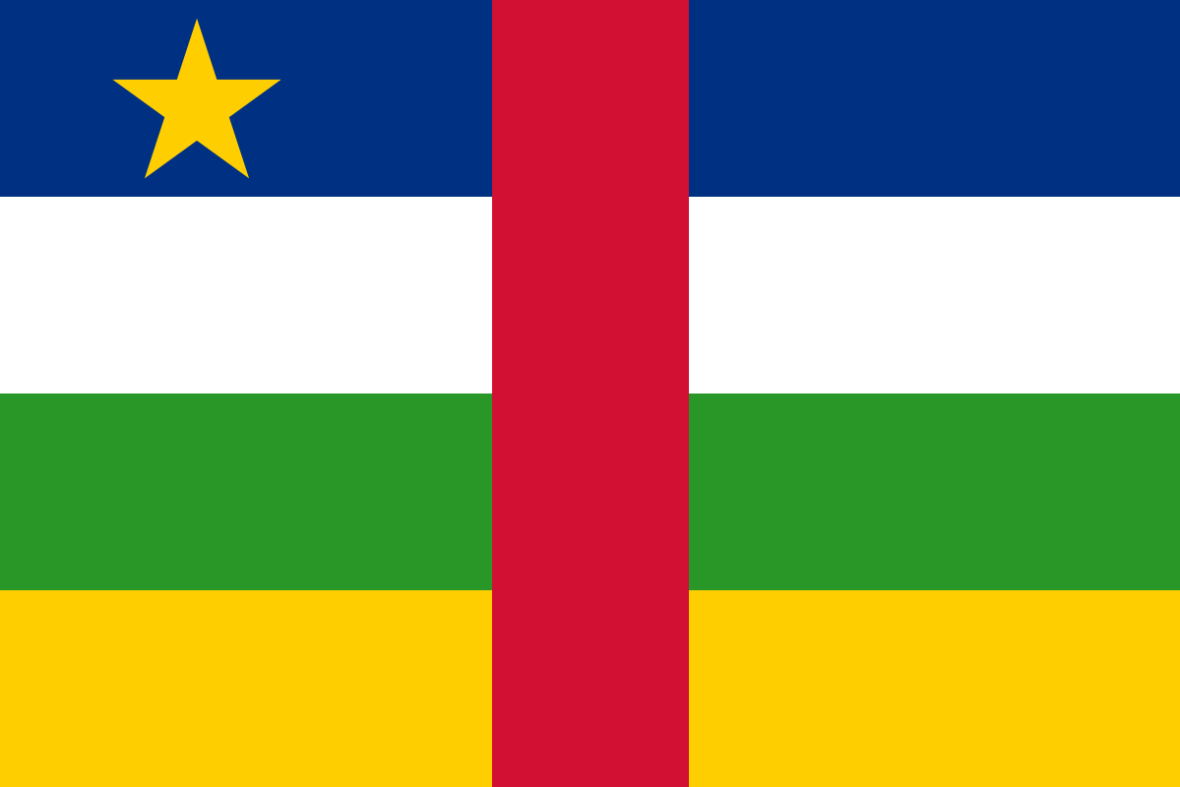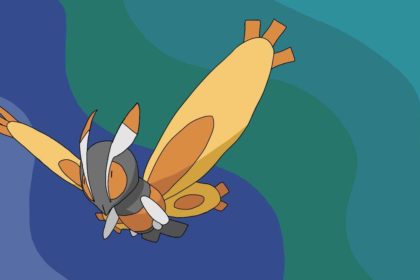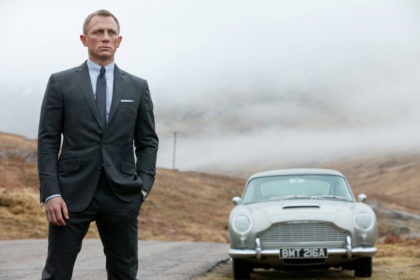The Central African Republic is a landlocked country in Central Africa. It’s bordered by Chad to the north, Sudan to the northeast, South Sudan to the east, the Democratic Republic of the Congo to the south, the Republic of the Congo to the southwest and Cameroon to the west. Take a look below for 30 more interesting and fascinating facts about the Central African Republic.
1. The Central African Republic covers a land area of about 620,000 square kilometers, or 240,000 square miles, and has an estimated population of around 4.6 million as of 2016.
2. Most of the Central African Republic consists of Sudano-Guinean savannas, but the country also includes a Sahelo-Sudanian zone in the north and an equatorial forest zone in the south.
3. Two thirds of the country is within the Ubangi River basin, which flows into the Congo, while the remaining third is in the basin of the Chari, which flows into Lake Chad.
4. What makes up the Central African Republic has been inhabited for a millennia. However, the country’s current borders were established by France, which rules the country as a colony from the late 19th century.
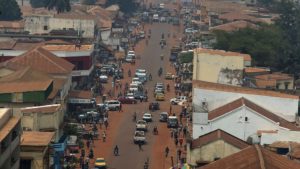
5. When it gained independence from France in 1960, the Central African Republic was ruled by a series of autocratic leaders, including an abortive attempt at a monarchy.
6. In 1990, the population demanded a democracy, which led to the first multi-party democratic elections in 1993.
7. Ange-Felix Patasse became the first president, but was later removed by General Francois Bozize in the 2003 coup.
8. The Central African Republic bush War started in 2004 and, despite a peace treaty in 2007 and another in 2011, fighting broke out between the various factions in December 2012. The war lead to ethnic and religious cleansing of the Muslim minority and massive population displacement in 2013 and 2014.
9. Despite its massive mineral deposits and other resources, such as uranium reserves, crude oil, gold, diamonds, cobalt, lumber and hydro-power, as well as significant amounts of arable land, the Central African Republic is among the ten poorest countries in the world. This is largely due to the rampant corruption among Central African Republic leaders.
10. As of 2015, according to the Human Development Index, the country had the lowest level of human development, ranking 188th out of 188 countries.
11. Bangui, or Bangi in Sango, is the capital and biggest city of the Central African Republic. The city was established as a French outpost in 1889 and named after its location on the northern bank of the Ubangi River.
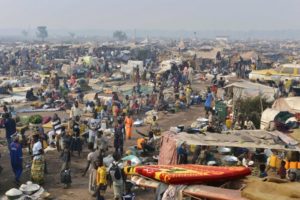
12. The terrain of the Central African Republic consists of flat, or rolling plateau savanna, about 500 meters, or 1,640 feet, above seal level.
13. In the northeast are the Fertit Hills, and there are scattered hills in the southwestern part of the country.
14. Mong Ngaoui is the highest mountain in the Central African Republic. It’s located in the Karre Mountains on the border with Cameroon and has a summit elevation of 1,410 meters, or 4,626 feet.
15. The Central African Republic once had the third biggest area of rainforest cover in Africa. Today, while the tropical forest covers about 35% of the country, most of it has been degraded by logging.
16. The country is home to about 3,600 species of plants, 663 species of birds, 131 species of mammals, 187 species of reptiles and 29 species of amphibians.
17. Manovo-Gounda St. Floris National Park is located in the Central African Republic, near the Chad border. It was inscribed to the list of World Heritage Sites in 1988 as a result of the diversity of life that lives within it.
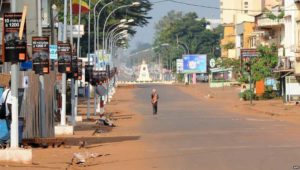
18. Created in 1990, the Dzanga-Ndoki National Park is in the southwest region of the Central African Republic, and the northern edge of the Congo basin forest. The park is known for its biodiversity and the fact that it’s the biggest intact forest remaining in the country.
19. The Bamingui-Bangoran National Park complex is a national park and biosphere reserve located in the northern region of the Central African Republic. It was established in 1993 and make sup part of the Guinea-Congo Forest biome.
20. The Boali Falls are the best known landmark in the Central African Republic. The waterfall is 50 meters, or 165 feet, high and 250 meters, or 820 feet, wide.
21. The Cathedrale Notre-Dame of Our Lady of the Immaculate Conception is a Roman Catholic Cathedral under Metropolitan Archdiocese of Bangui in the Central African Republic.
22. The earliest period of settlement in the Central African Republic began around 10,000 years ago, when nomadic people first began to settle, farm and fish in the region.
23. About 1,000 to 3,000 years ago, several non-indigenous groups began to migrate into the region from other parts of Africa.
24. In the late 1800s, the colonial conquest and rule of the Central African Republic by France and Germany took place.
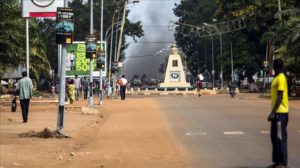
25. The nation is divided into 80 ethnic groups, each having its own language. The biggest ethnic groups are the Baya, Banda, Mandjia, Sara, Mboum, M’Baka, Yakoma, and the Fula or Fulani.
26. The Central African Republic has two official languages, French and Sango. A Creole developed as an inter-ethnic lingua franca based on the local Ngbandi language.
27. Basketball is the country’s most popular sport. Its national team won the African Championship twice and was the first Sub-Saharan African team to qualify for the Basketball World Cup.
28. Public education in the Central African Republic is free and compulsory from ages 6 to 14. However, about half the adult population in the country is illiterate.
29. Violence against children and women in relation to accusations of witchcraft have been cited as a serious problem in the Central African Republic. Witchcraft is even a criminal offense under the panel code.
30. About 68% of girls from the Central African Republic are married before they turn 18.

